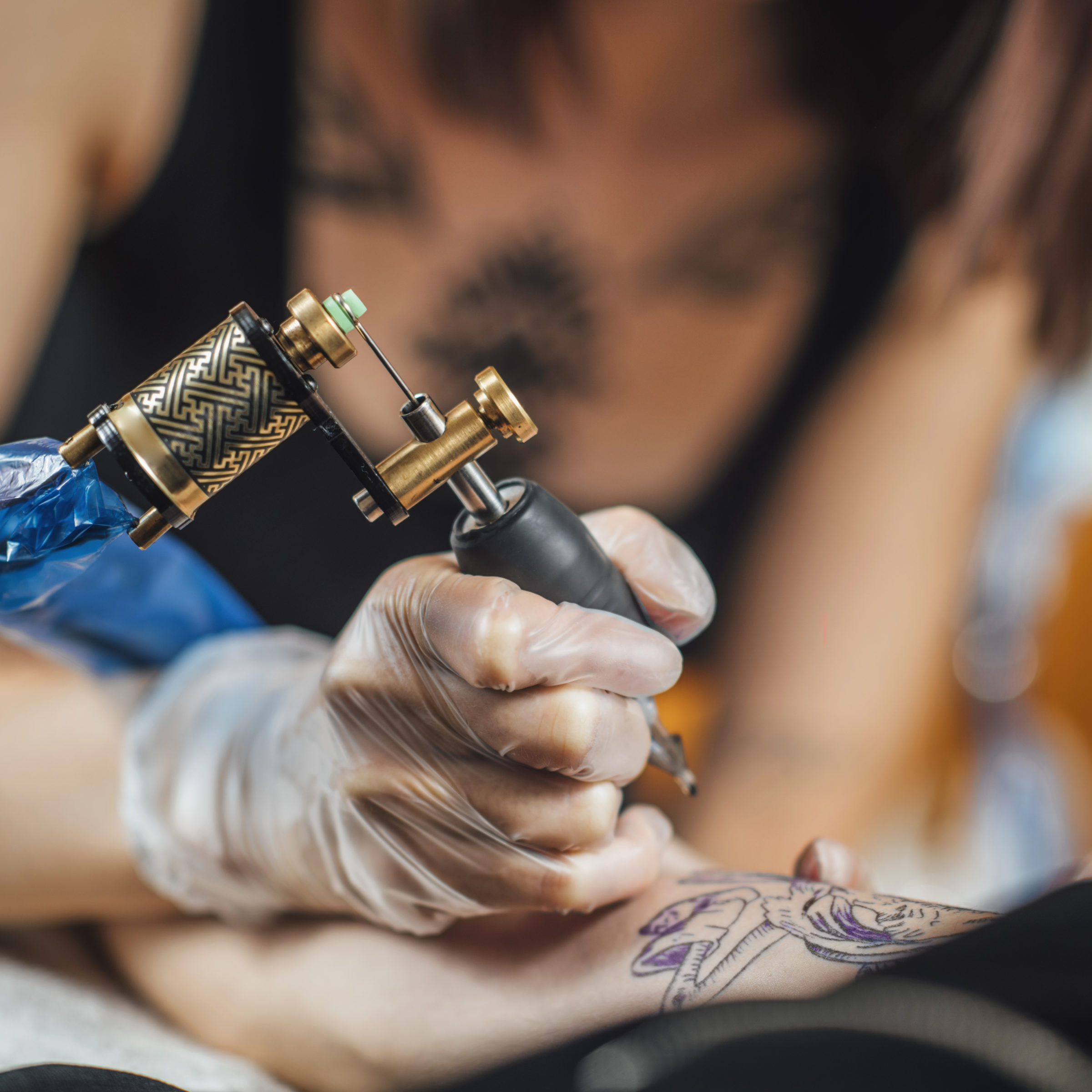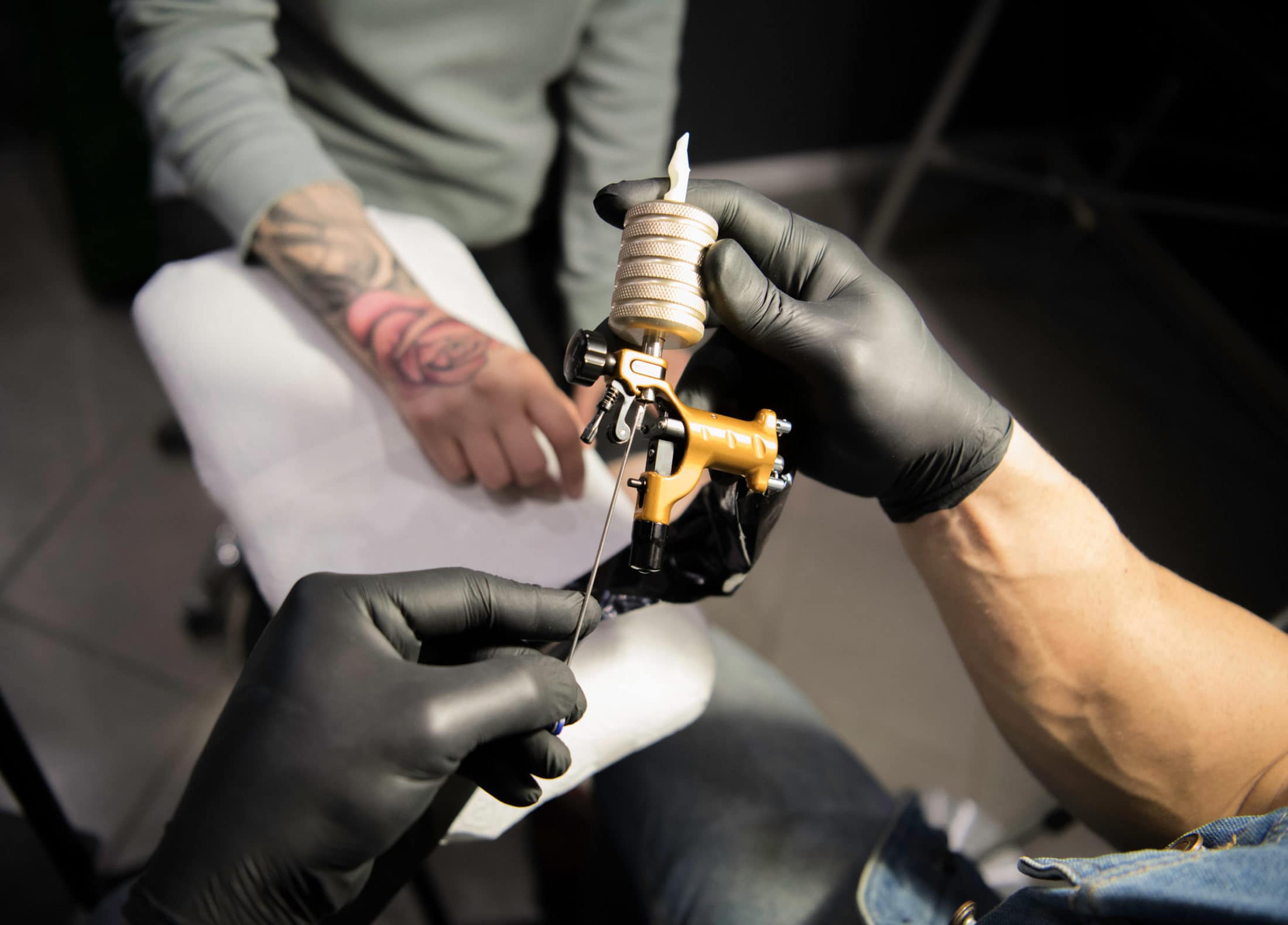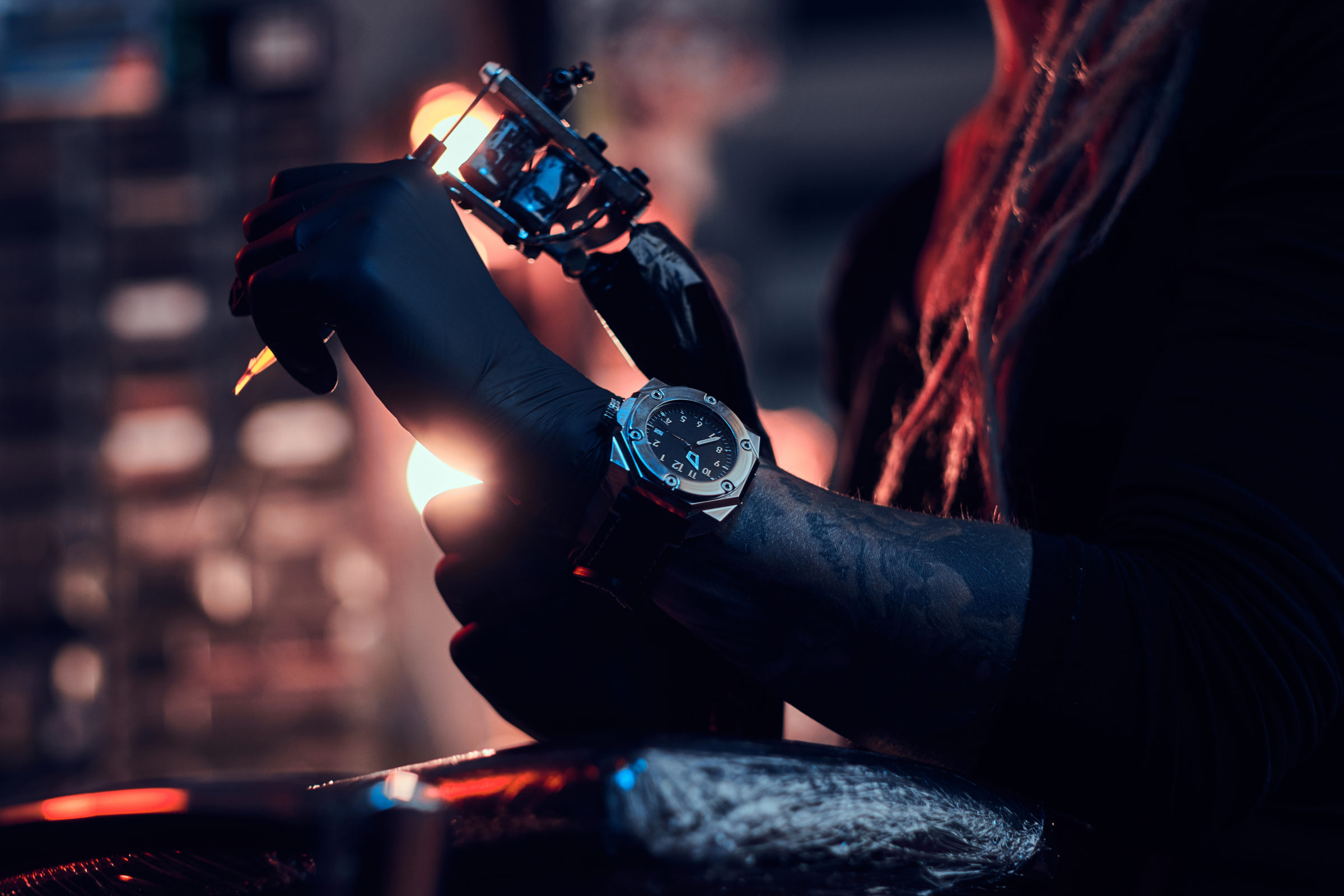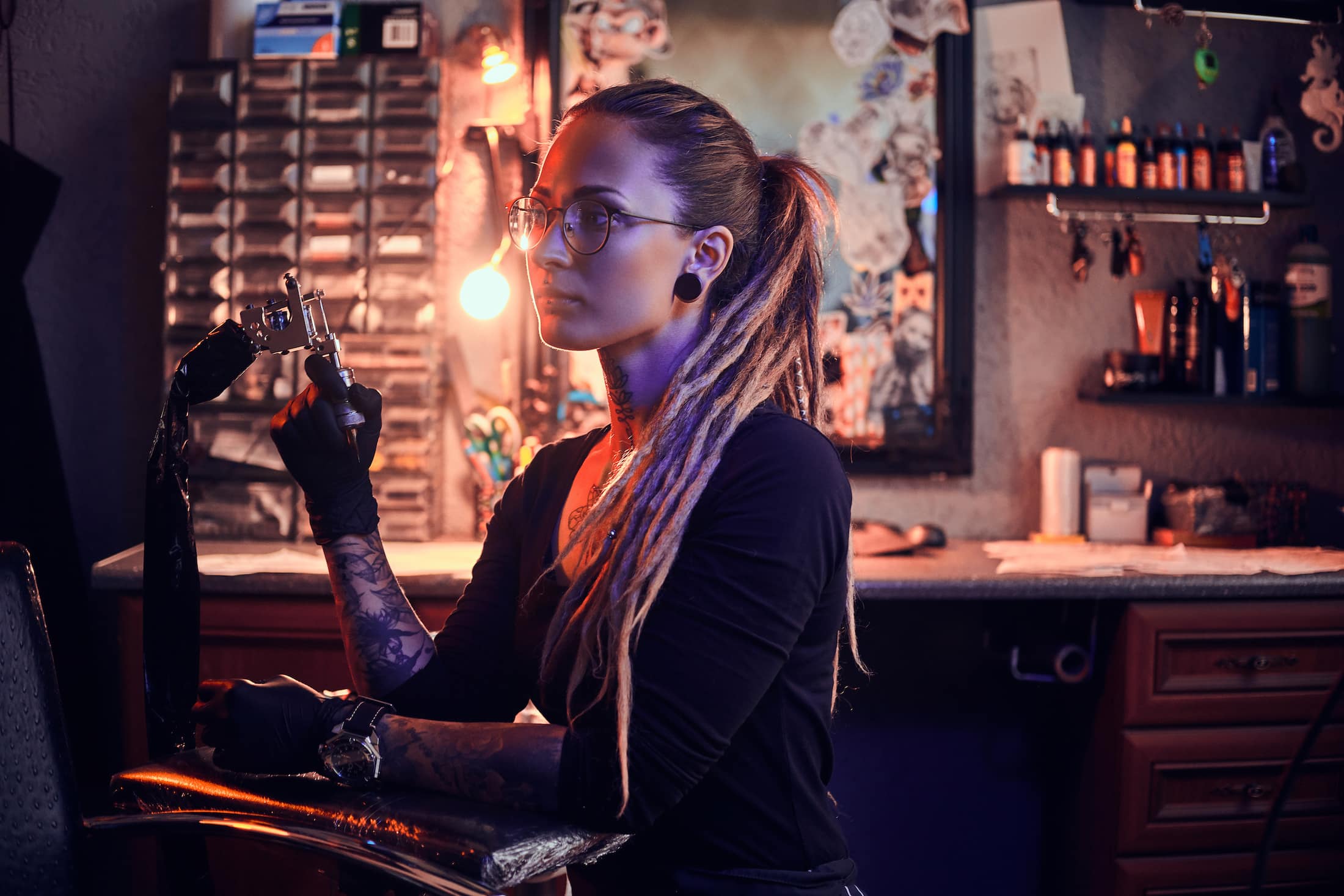The popularity of tattoos has been on the rise among teens, young adults, and mid-aged people worldwide. Various personas have taken up the trend from celebrities to other popular influencers, contributing to the increase in the tattooed population.
If the ‘tattoo bug’ has hit you and you’d like to take it up as a business, then information about tattoo technology is a must. First and foremost, a tattoo machine is a handheld device used to emboss drawings or patterns while incorporating ink as it moves along the skin.
A tattoo machine, also known as a tattoo gun, has elements like springs, tube vise, a grip, and a frame base. Additionally, it transmits the alternating current produced by the internal coils to the capacitors; these two sets of action consequently set the spring in motion the needles into the body.
Below are the different types of tattoo machines to help you understand further how this technology works.
Different Types Of Tattoo Machines
Whether you visit an online store or a physical shop, selecting the right machine can be difficult because of the different options available. You can also check out firms like Defiance Manufacturing who have the technology to customize a tattoo machine and other ready-made machines in their stores.

Some of the options available in the market are:
- Pneumatic Tattoo Machine: This is one of the most advanced and expensive machines in this industry. It uses compressed air to run, making it easy and light to maneuver when drawing intricate tattoo designs. While its price might be inhibitive, it has additional features like quick cleaning after use — making it well worth the investment.
- Rotary Tattoo Machine: This machine leads the chart in terms of popularity because of its affordable price. It’s powered by a motor and moves the needle up and down during the tattooing process.
- Coil Tattoo Machine: This tattoo machine is the most affordable, but its relatively loud and heavy. It operates on electromagnet power that turns the coils up and down; the coils’ movement powers the needle to hammer the skin continuously but softly during the process. This machine demands frequent maintenance to keep it in top shape; it also requires a good grip, concentration, and a sharp mind while operating it. Tattoo artists who love a challenge prefer this machine because of its ability to curate artistic tattoos.
- Shader Tattoo Machine: These are used to create blank ink tattoos or other similar shades on the skin. Shader tattoo machines are affordable and cause less irritation and pain to clients.
The Elements Of A Tattoo Machine
The tattoo machine requires frequent maintenance to keep them performing well and minimize irritation to customers. Some devices need you to change the elements after operating for some time. A general understanding of the features will give you a basis to select the best machine and to perform routine maintenance.

The key elements to note are:
- Tattoo Ink: The quality of ink plays a significant role in shaping the impression and tattoo design. Ink can be mixed with alcohol, water, or metal components to improve its applicability and look. Tattoo artists can also buy ready-made ink which doesn’t always meet the customer preference.
Mixing the paint is an inevitable skill that an artist must learn, although the process must be done in line with public safety standards like, FDA (Food and Drug Administration.
- Needles: These are the sharp metal pins that make incisions on the skin and draw paint on them. It’s essential to invest in different sizes to serve a wide range of customers with varying skin sensitivities and texture. A sizeable number of needles will act as a spare and reduce any downtime during the operation.
- Tubes: The tattoo needle is connected to the machine via the armature bar. The tube’s purpose is to provide protection and passage while the needle and the armature are in motion. It also acts as a check or helps regulate the needle’s movement for a reasonable distance from the tip.
There are various materials like steel, stainless steel, and plastic that make tubes. More artists switch to plastic tubes because they’re cheaper to replace and have a low maintenance cost.
As a safety precaution, a tattoo artist should invest in a first aid kit for any emergencies that may arise during the process. The sterilizers, sanitizers, and disinfectants are also part of the broader safety and health components that your premises must-have.
Further Reading
As a tattoo artist, you should also know how to build your personal brand and find clients. When you are a tattoo artist, your work can speak for itself. You put your designs on your clients who show art and tell others where they got their work done. In addition to this, you can also convert your unique tattoo designs into custom stickers which are products that can be stuck anywhere, to distribute the stickers to the public, or stick them anywhere suitable to attract potential clients. Both of them allow you to make your artwork act as a walking billboard.

Conclusion
A tattoo machine is an electric-powered machine with elements like a coil, spring, and capacitors that make it work. Depending on the type of technology used in the machine, the tattoo design, maintenance demands, and the price will vary. A pneumatic tattoo machine, for instance, is best suited for an experienced tattoo artist with high-end clients.
As a tattoo artist, it’s best to learn color mixing skills and invest in different accessories like tubes, needles, and safety kits for your business.
